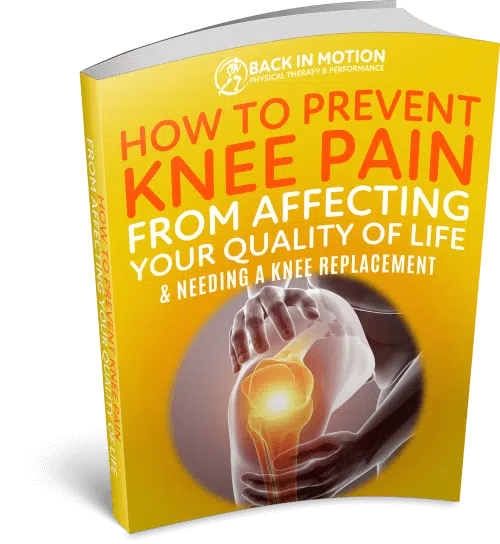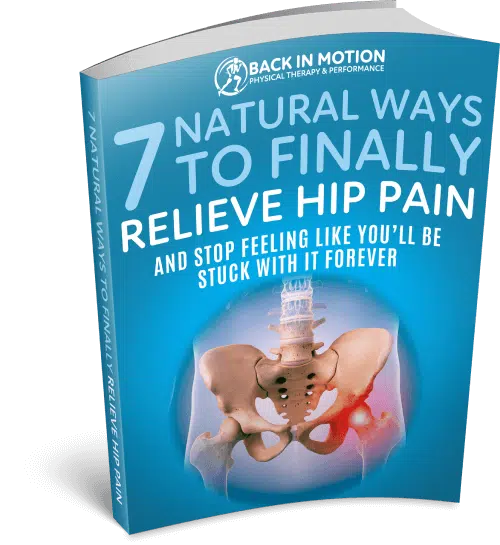Treatments For Sports Injuries
Introduction to Treatment For Sports Injuries
What do you think is the quickest way that sidelines a good player? Well, it is sports injuries. Sports injuries refer to the kinds of injuries that occur while playing sports. Sports injuries are really agonizing and no matter which sport you play, the treatment and time required to recover from an injury can vary depending on the severity of the sports injury. It largely depends on if the injury an acute or a chronic concern.
If a sports injury is causing you severe pain, numbness, swelling, if you cannot put weight on it, and if there is any joint abnormality, you need to seek the treatment immediately. Let us now delve deep into the effective sports injury treatments that can help you regain the confidence as a sportsperson:
Massage or Active Release Technique (ART)
ART or Active Release Technique is a safe and easy way to heal quickly if you’ve suffered from a muscle, fascia, or ligamentous sports injuries. Some common forms of these injuries are muscle strains, plantar fasciitis, or a sprained ankle. The best part about Active Release Technique is that your injury heals usually within one treatment session. So what do you think, is ART right for you? Can you use this method to get back into the competition form quickly?
Active Release Technique is a therapy that enables athletes to quickly end the pain from injuries and restore their competitive performance levels. ART has a success rate of over 90% and this is why ART is growing in popularity amongst the athletes in all types of sports. With the help of ART , therapeutic measures begin immediately and offer relief. Working with the muscles instead of working against them, ART offers rapid healing and gives excellent outcomes. The area of injury is identified, isolated and targeted that opens up the blood flow and initiates faster healing but also releases any adhesion in the muscle, tendon, or ligament.
Active release technique can also help with entrapped nerves such as carpal tunnel, sciatica, or even thoracic outlet syndrome. It works be releasing the tight muscles and then sliding the nerve relative to the muscle.
To see how ART can help you and Back in Motion Physical Therapy & Performance click here.
Joint Mobilization
Joint Mobilization is referred to as a manual therapy intervention, which is a type of passive movement of a skeletal joint. After dong a comprehensive analysis of your pain or injury, your physiotherapist uses his or her hands to discern whether a joint requires a manipulation or mobilization. Joints that might need joint manipulation or mobilization include the spine, elbow, wrist, knee, ankle, shoulder, and foot.
Joint manipulation and joint mobilization are the two manual therapy techniques, but there is a difference between the two. But how? Joint manipulation involves a quick, but small thrust to a joint to provide improved mobility and immediate relief in pain. On the other hand, Joint mobilization is a slow movement of a joint in a particular direction. Depending on the situation, your physiotherapist might prefer to mobilize your stiff joint first. However, both Joint Manipulation and Joint Mobilization produce the following effects:
- Relieves pain
- Augments joint movement and mobility
- Diminishes tension in the surrounding muscles.
Regardless of the treatment effects, it is a great sports injury treatment.
Want to See How We Can Help You?
Claim A Free 20 Minute Discovery Visit….
Exercise
A research states that regular exercise can reduce your risk of death by 20-40%. Though it might not always be possible to avoid injuries while playing sports, physical contact sports in particular, but athletes can help shield themselves by preparing before and after a game by warming up muscles followed by stretching.
Whether it is running or playing sports, stretching your body keeps your body flexible. Flexibility in return can diminish the chances of injuries, especially knee and ankle injuries. Thereafter, stretching again after activity should also be a part of an injury prevention plan. Before any kind of physical activity, your body needs a warm up with light exercises, too.
Just like stretching should be part of your exercise plan, so should strength training and conditioning. When an athlete is stronger, they’ll be less likely to have a sports injury. Doing exercises such as squats, deadlifts, presses, rowing exercises, and core strengthening routines should be implemented in any athletes program to help reducing the chances of a sports injury. It can also be an effective sports injury treatment though, too. It will help make your sports injury such as a muscle strain stronger so that it never happens again.
Conclusion
Depending on the type of injury, it can take a few weeks to few months or even more to recover completely. Remember, you should not return to your previous level of activities until and unless you have fully recovered with an adequate sports injury treatment or seeing a sports injury specialist. But look to gently start moving your injured body part as soon as possible. However, seeking help of a professional, like a sports physical therapist, might prove to be very beneficial for you. A sports injury specialists can design a suitable recovery program and can also advise you about the exercises you should do.

GET YOUR FREE REPORT:
A step – by – step guide to overcoming 7 of the most common injuries suffered by Athletes and Weekend Warriors
About Author: Dr. Scott Gray
Dr. Scott Gray is an internationally recognized and expert physical therapist specializing in sport, athletic, and back and neck injuries. He is the inventor of a revolutionary form of treatment called the GRAY METHOD. This type of treatment unlike others, addresses the CAUSE rather than just your SYMPTOMS with a full body approach. For more information on how to ease or overcome your injury, go to www.backinmotionsspt.com.










